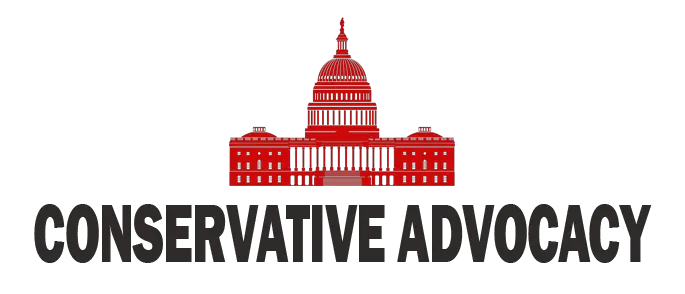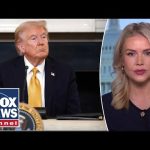In recent discussions surrounding President Trump’s negotiations with China, House Minority Leader Hakeem Jeffries made a splash, accusing the President of being outmaneuvered by the Chinese Communist Party. However, not everyone is on the same page as Jeffries. Treasury Secretary Scott Bessant, who was present during Trump’s meetings in Asia, strongly disagreed with that portrayal. Bessant’s firsthand insights suggest that significant accomplishments were made during the trip, countering the narrative that it was a walk in the park for the Chinese negotiators.
Bessant described the Asian tour as a “tour de force,” highlighting some key achievements, including successful trade agreements in Malaysia and productive meetings with other Asian leaders. The rapport established between President Trump and Japan’s new Prime Minister was particularly notable, and Bessant emphasized that the meeting with President Xi of China was conducted with mutual respect. This paints a very different picture than the one implied by Jeffries, indicating that the Trump administration was not simply rolled over by its Chinese counterparts.
The economic dynamics between the U.S. and China were also a focal point of the conversation. Jeffries and his allies underestimated the resilience of the Chinese economy, which has remained more robust than expected. Despite the apparent struggles in Chinese manufacturing—reportedly showing declines for seven consecutive months—Bessant pointed out that China is still finding ways to redirect its exports elsewhere, particularly to Europe. This has raised questions about whether the tariffs imposed by the U.S. are truly achieving their intended effect.
Amidst the negotiation talks about rare earth minerals—a crucial aspect of modern technology—Bessant expressed confidence that the U.S. could fortify its own supply chains in the coming year, regardless of China’s decisions. Given the complexities and decades-long challenges faced by the U.S. in dealing with Chinese market dominance, he suggested there are more levers to pull should tensions rise again. Moreover, with the added context that Trump’s administration has enacted successful tariffs against fentanyl production, the ongoing strategy appears robust.
The upcoming Supreme Court case regarding the legality of the tariffs adds yet another layer of intrigue. The case raises arguments about whether the President acted within his rights or if Congress handed over too much power. Bessant remains optimistic, citing the urgency of the fentanyl crisis as a justification for the administration’s use of emergency powers. Should the court rule against the administration, the implications could be significant, potentially requiring the government to refund millions in tariffs already collected.
In conclusion, while the political opponents may be framing this trade dialogue as a failure on Trump’s part, the realities painted by Bessant suggest a more complex narrative. Whether it’s negotiating trade deals with various nations or navigating the challenging landscape posed by China, the road ahead is filled with potential obstacles and opportunities. As the situation continues to unfold, it remains clear that this chapter in international relations is far from closed.




